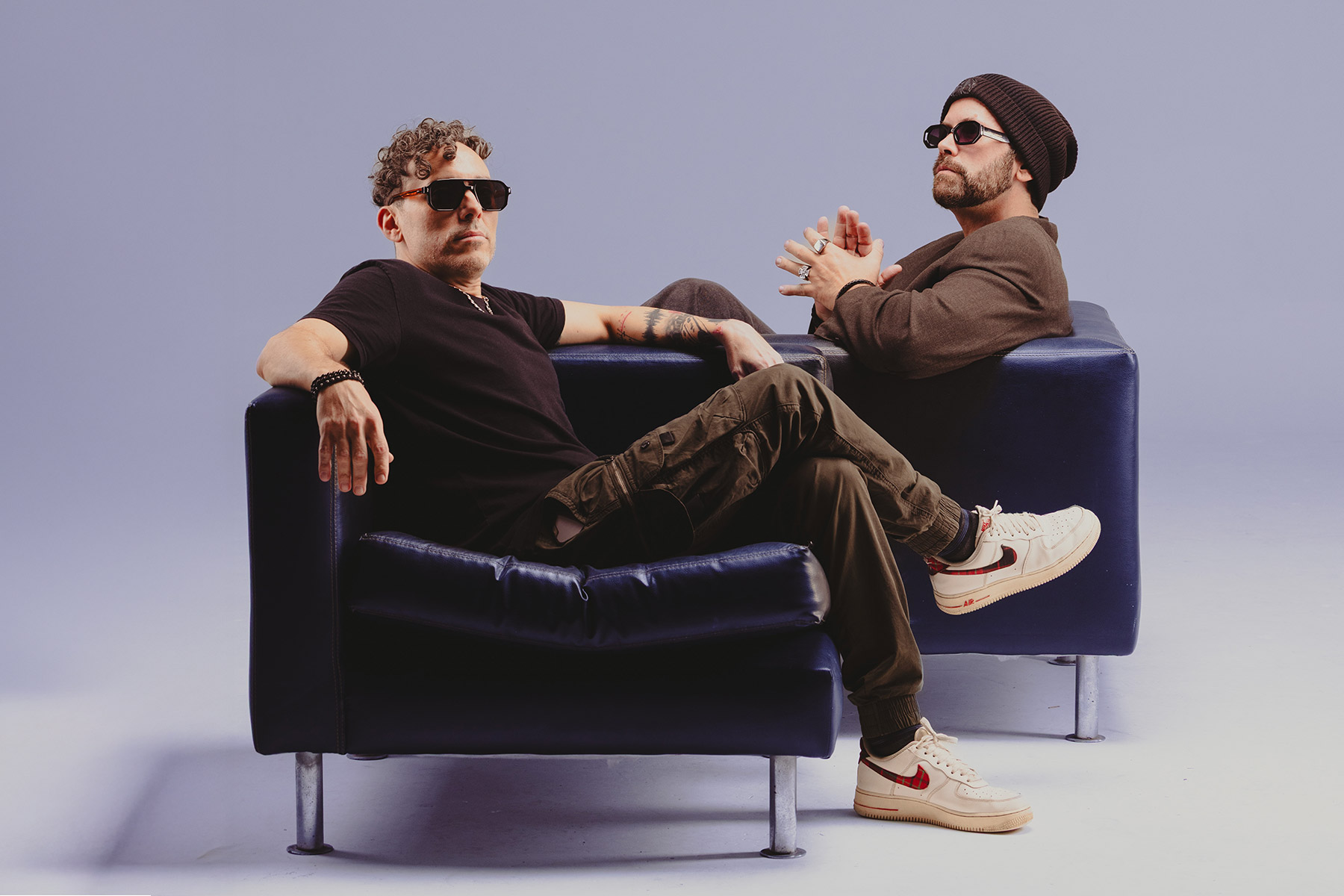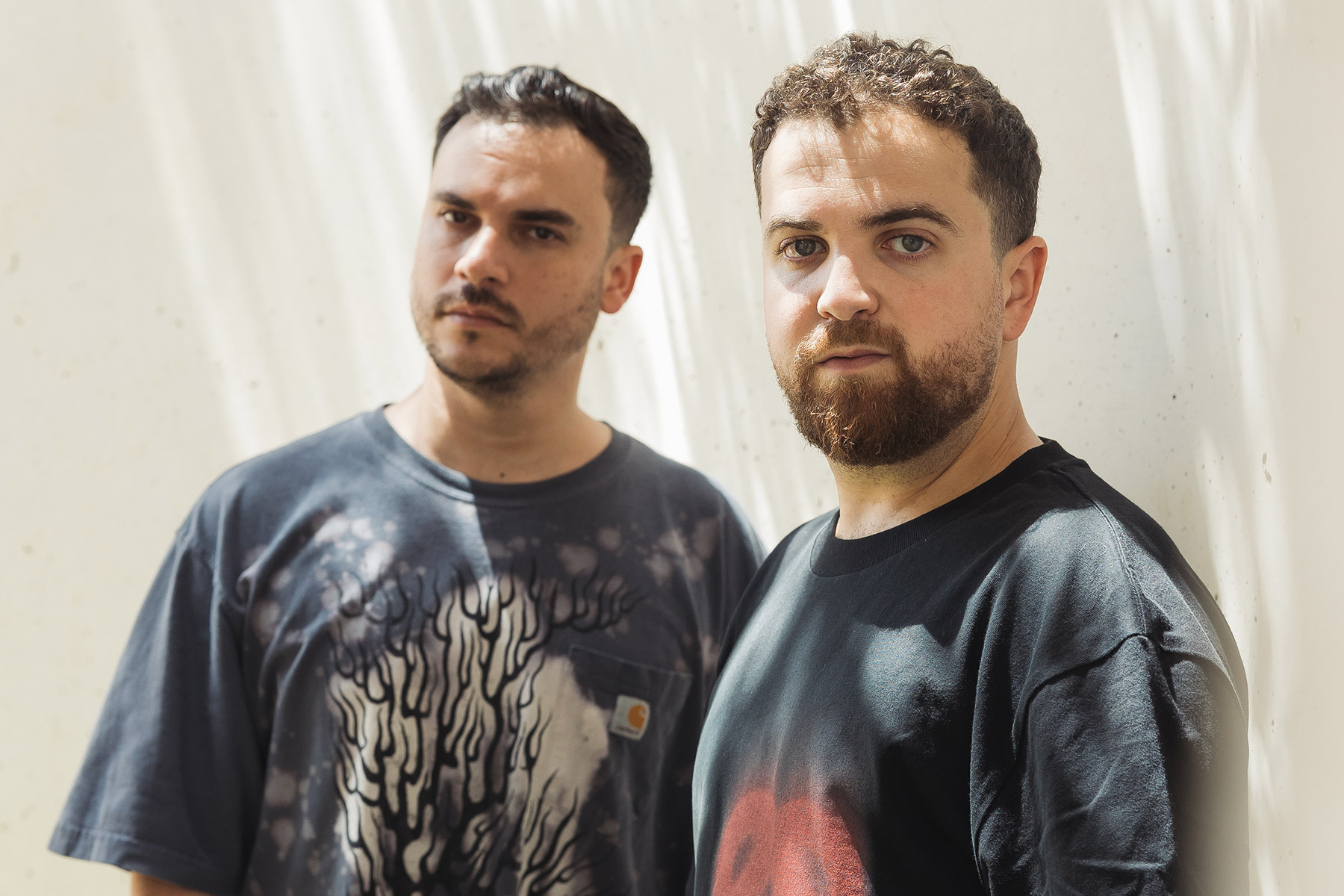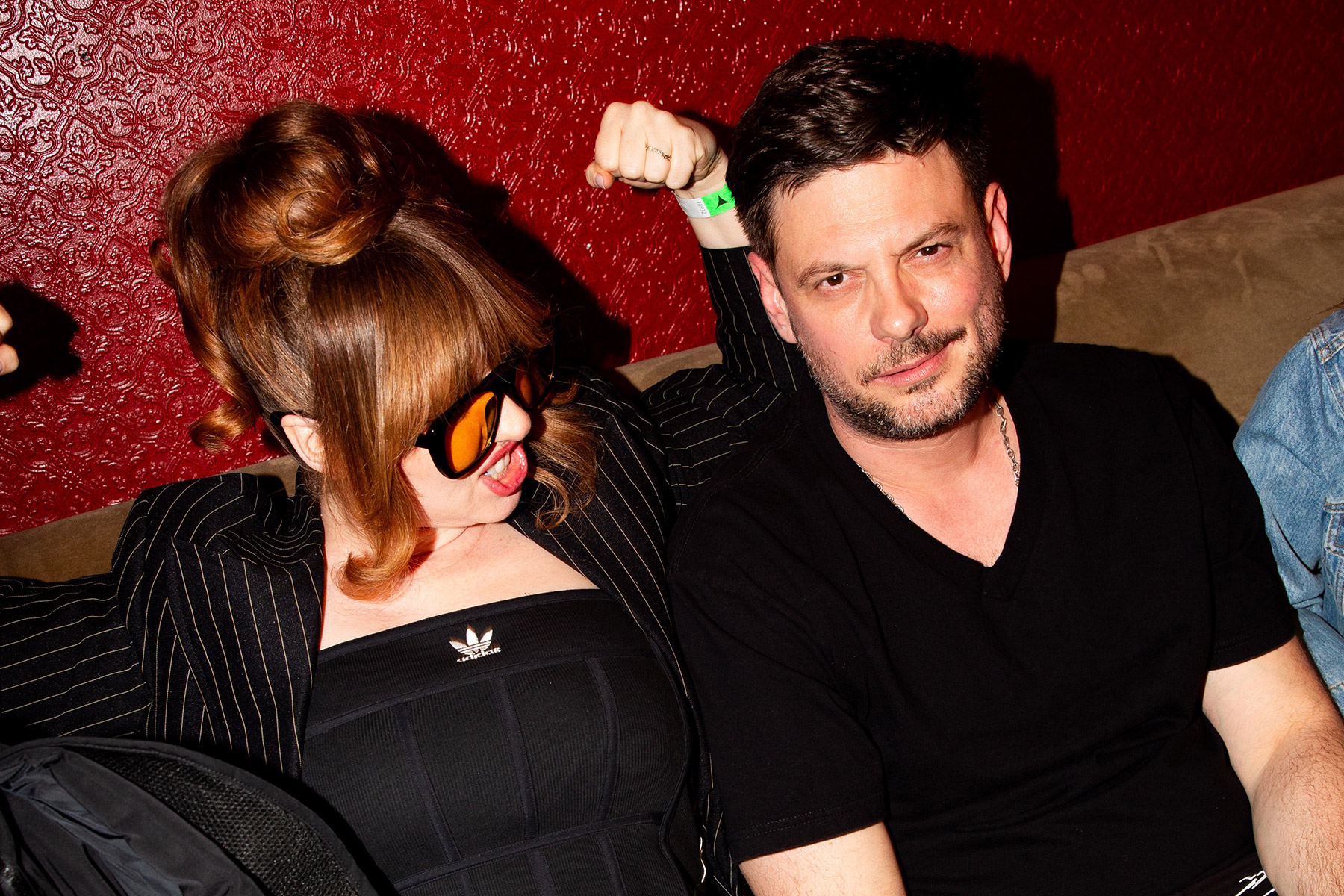Martin Kohlstedt is among the outstanding composers, pianists, and producers of instrumental music and electronica.
With his live performances as well as his studio recordings, the artist sets standards on how cutting-edge electronica production can intermingle with analog and acoustic approaches ranging from classical piano and ambient to field recordings and score design in an effortless way. Here he shares 5 tips to help you be more effective in the studio.
1. Be always prepared
Always have your equipment at your fingertips, everything should be switched on, and everything should be accessible – ready to capture an idea at any time! Everyone knows that if a melody, lyrics, or beat is buzzing through your head then sure words can be jotted down quickly, but sometimes seconds are crucial to get the essence of an idea out. Even a single thought of what input you need to rewire can bang you out of your holy right half of the brain. So, stay away from as many rational things as you can while making music, and build an efficient setup for DAW and studio to be ready to record quickly.
2. Back to the origins
As you progress, keep an eye on what exactly hooked you in at the very beginning, it’s a thin thread to keep the essence through to the end of production. The smallest edit can have a huge impact on distorting what is being said. Additional tracks often deceive you, more instruments take up space, straightening and ironing out things during the process, or you get stuck on some FXs like a 12-year-old and then celebrate it for a few days, but you have completely forgotten what it was all about. So right after capturing the idea, save the project under a new name so you can get back to the rough source occasionally.
3. Don’t just be entertained
Understand and know just a few devices to the deepest detail instead of getting new ones and skipping through sounds and presets, you get your brain used to the fact that all the influences seem to come from outside. As a result, it gets lazier and lazier and retracts the underlying ideas. Don’t confuse it with inspiration! You have your sound and something to say, which should be enough in my eyes to reach your goals.
4. Let it be, stop messing around
The core of an idea should become apparent in the first 20-60 minutes, regardless of whether it’s an orchestrated instrumental session or a fully digital production. If nothing has clicked by then, move aside and start somewhere else. It’s totally ok and even important. Don’t get stuck in the fiddling tunnel and lose the tiny little access to your intuition, if you ignore it for too long it could burst like a bubble and the way back to it is hard and awkward.
5. Zoom out
It sounds so lame and every time you think “really?” then it’s just right: Here’s my annoying cliché: go outside, just move, preferably in nature. Not only does it reboot your ears, but the forward movement also processes your current project often faster and more sustainably than sitting at the screen pushing boxes back and forth. Just let your mind keep on working and change your perspective by walking around. And leave your phone at home!








